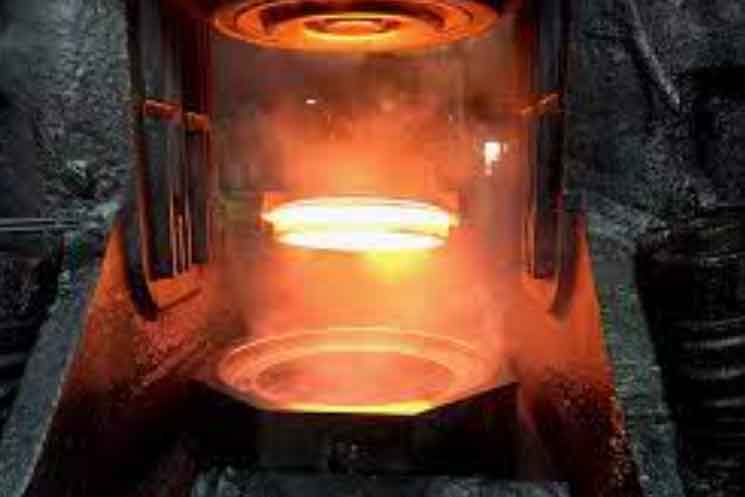Gear forging is a manufacturing process that involves shaping and forming gears through the application of heat and pressure to deform the material into the desired shape. Forged gears offer exceptional strength, durability, and reliability, making them suitable for demanding applications where heavy loads, high speeds, and harsh operating conditions are encountered. Here are some key aspects of gear forging:

- Material Selection: Forged gears are typically made from high-strength alloy steels that exhibit excellent mechanical properties, such as high tensile strength, toughness, and wear resistance. Common materials used for gear forging include carbon steels, alloy steels (e.g., 4140, 4340), and stainless steels.
- Process Overview: The gear forging process begins with the selection and preparation of the raw material, which is usually a metal billet. The billet is heated to an elevated temperature to make it more malleable. It is then placed into a forging die, where it is subjected to controlled pressure using a hydraulic or mechanical press to shape it into the desired gear profile. The forged gear is subsequently heat-treated to enhance its mechanical properties.
- Strength and Durability: Gear forging results in a refined and aligned grain structure within the material, which leads to improved mechanical properties, including higher strength, toughness, and fatigue resistance. The forging process eliminates material defects, such as voids or inclusions, resulting in a more uniform and reliable gear.
- Dimensional Accuracy: Forging allows for excellent dimensional accuracy and consistency in gear manufacturing. The dies used in the forging process are precisely machined to produce gears with tight tolerances and precise tooth profiles, ensuring proper gear meshing and smooth operation.
- Improved Fatigue Resistance: Forged gears exhibit superior fatigue resistance compared to gears produced by other methods. The controlled grain flow and absence of internal defects make forged gears capable of withstanding cyclic loading and prolonged service life under demanding operating conditions.
- Versatility: Gear forging can produce a wide range of gear types, including spur gears, helical gears, bevel gears, and worm gears. The process is versatile and adaptable to various gear configurations, sizes, and applications.
- Cost-Effective for Large Production Runs: Gear forging is particularly cost-effective for large-scale production runs due to its high material utilization and relatively shorter cycle times compared to other gear manufacturing methods. This makes it a preferred choice for industries requiring a large volume of gears.
- Integration with Machining and Finishing: After the forging process, gears may undergo additional machining and finishing operations to achieve the desired surface finish, dimensional accuracy, and tooth profile. These processes may include turning, milling, grinding, and heat treatment, depending on the specific gear requirements.
Gear forging is widely employed in industries such as automotive, aerospace, heavy machinery, and power transmission, where the reliability and performance of gears are critical. The strength, durability, and dimensional accuracy of forged gears make them highly suitable for applications where high loads, shock, and vibrations are encountered, ensuring smooth and efficient power transmission.
